How to prune lilac
Discover how to prune lilac to keep it look great and flowering every year
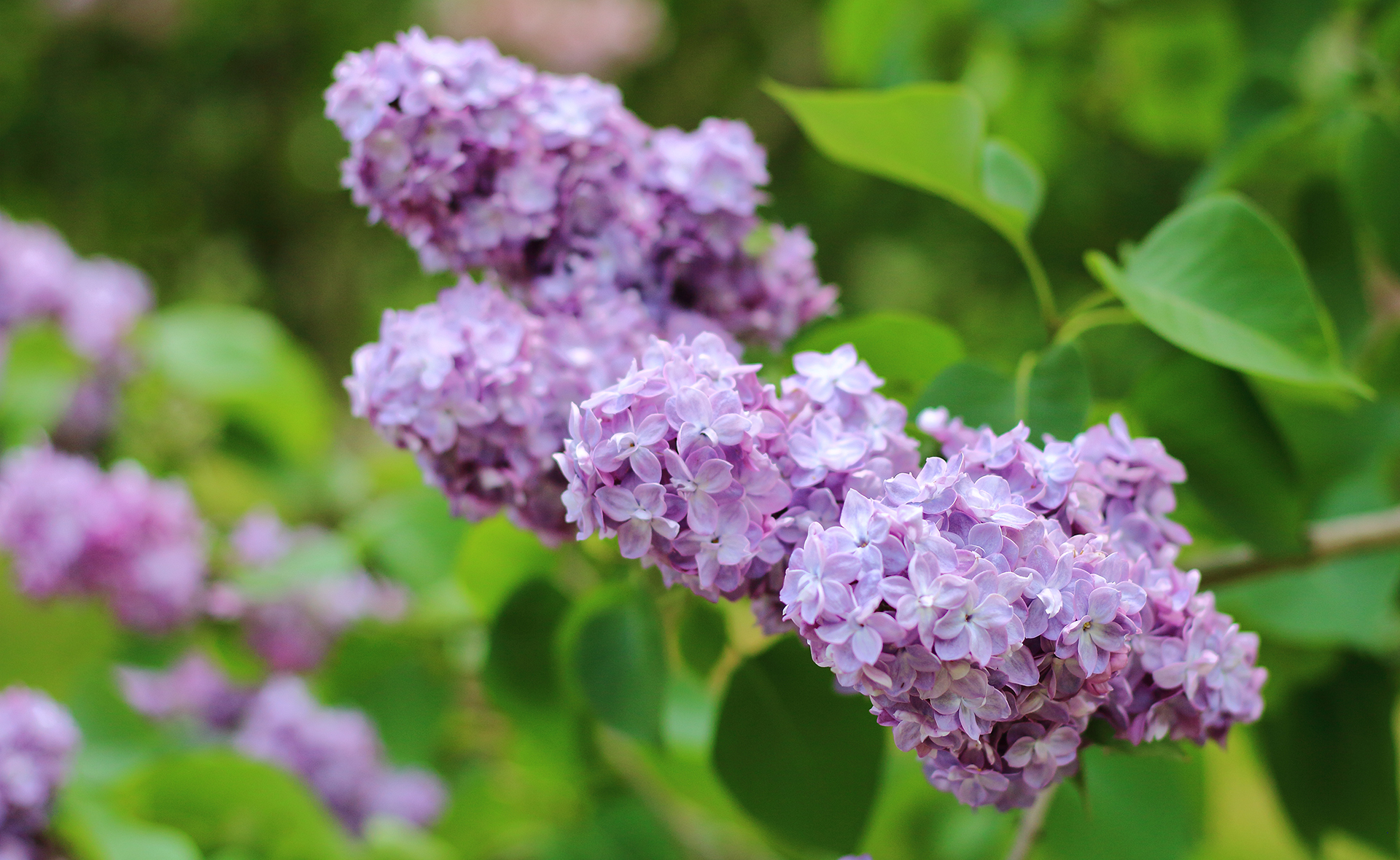

Lilacs are a beautiful addition to the garden, but knowing how to prune lilac will ensure that your shrub stays stunning and keeps producing its characteristic, fragrant blooms year after year.
'Lilacs are laden with fragrance that wafts through the air from the mauve, pink, purple or white blooms. They need a sunny spot with fertile, humus-rich, well-drained soil and can also be grown in containers,' says Period Living's gardening expert Leigh Clapp.
As a deciduous shrub, lilac trees lose their leaves every fall. They then grow their new leaves and flowers the following spring on last year's growth. However, if a lilac is left unpruned it will continue to grow and can spread to up to 9ft wide and 21ft high.
When this occurs, the lilac will only flower at the ends of the branches as this will have been the part of the tree that actively grew the previous year. The remaining branches from previous years becoming woody. In extreme cases, its blooms will be too high and you won't be able to appreciate its beauty or perfume as one of your flower bed ideas.
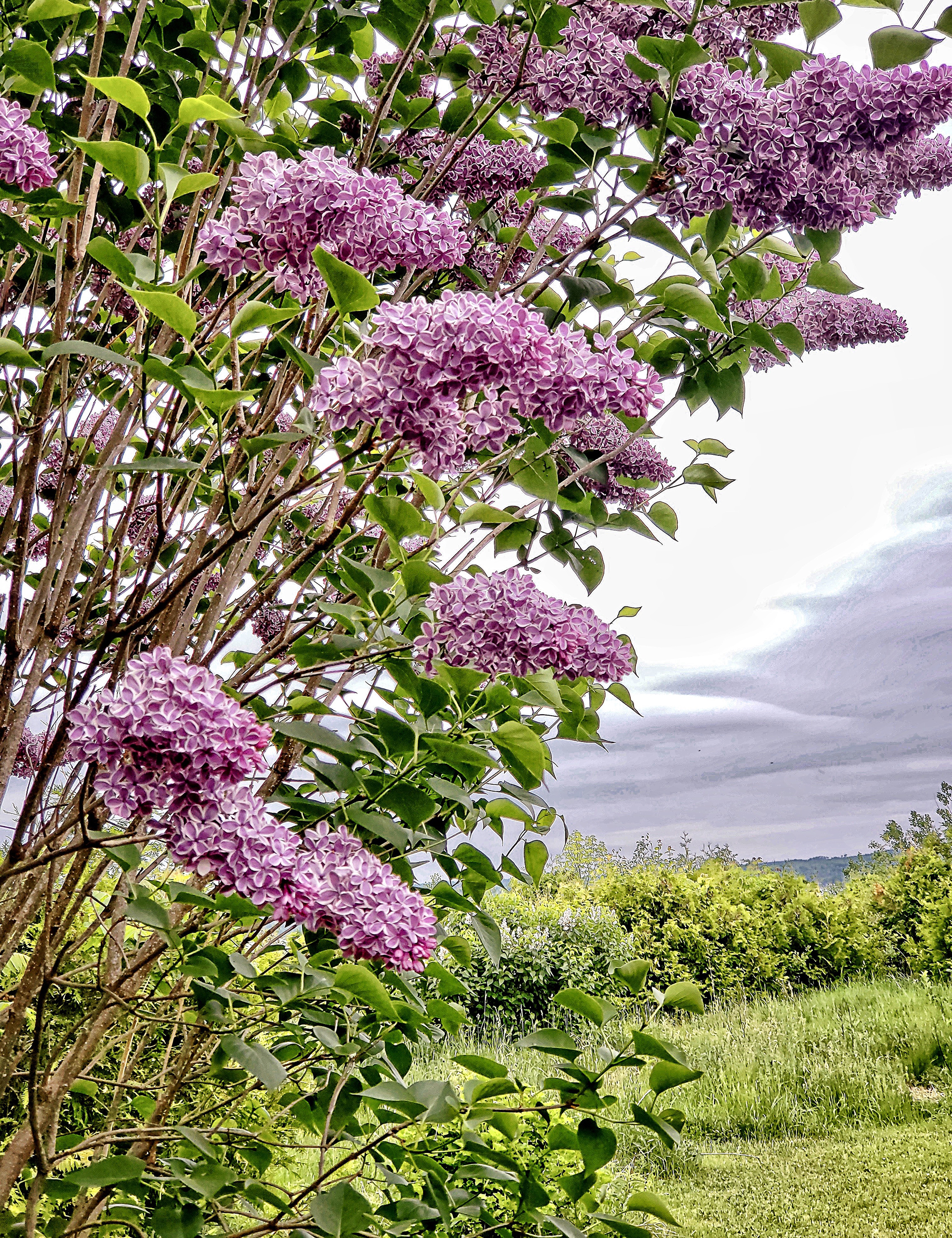
How to prune lilac: step-by-step
Learning how to prune lilac is fairly straightforward so long as you remember not to prune too late in the season and that you don't cut anything that looks like it could possibly be a future flower bud – these will look like two new shoots coming from the stem.
- Start pruning after flowering. 'Remove the dead blooms back to the first pair of leaves below the flowers. This will enhance flowering the following year and keep the tree within bounds,' advises Guy Barter, the chief horticulturist at the RHS.
- Removing the dead blooms will instantly rejuvenate your tree but will also stop you from accidentally pruning next year's buds as these form after the previous year's blooms have finished flowering.
- Once you've done this, it will be easier to take in the overall shape of the tree. 'Keep an eye on shape, thin thickets, and remove rubbing stems,' suggests gardener Anne Swithinbank in an article for Amateur Gardening. Rubbing stems run the risk of creating wounds that can introduce infections to your plant.
- Thirdly, remove any suckers that are appearing on the stem or base of the tree. This will retain the aesthetic appearance of the tree and will prevent them from taking over. If your lilac tree has been grafted, then any suckers below the grafting point will likely be in front of the rootstock which will then compete with the main plant. Therefore, it is vital these are removed. This can be done as soon as they are spotted.
- However, if your lilac is not grafted and the suckers are growing from the base of the tree, then pull them up carefully. If the suckers still have their roots attached, you can propagate your lilac by repotting these and you'll have another lilac plant.
- Alternatively, cut them off at their base with strong secateurs or maybe a pair of loppers if they are thicker, avoiding cutting into the lilac tree itself as this can cause damage.
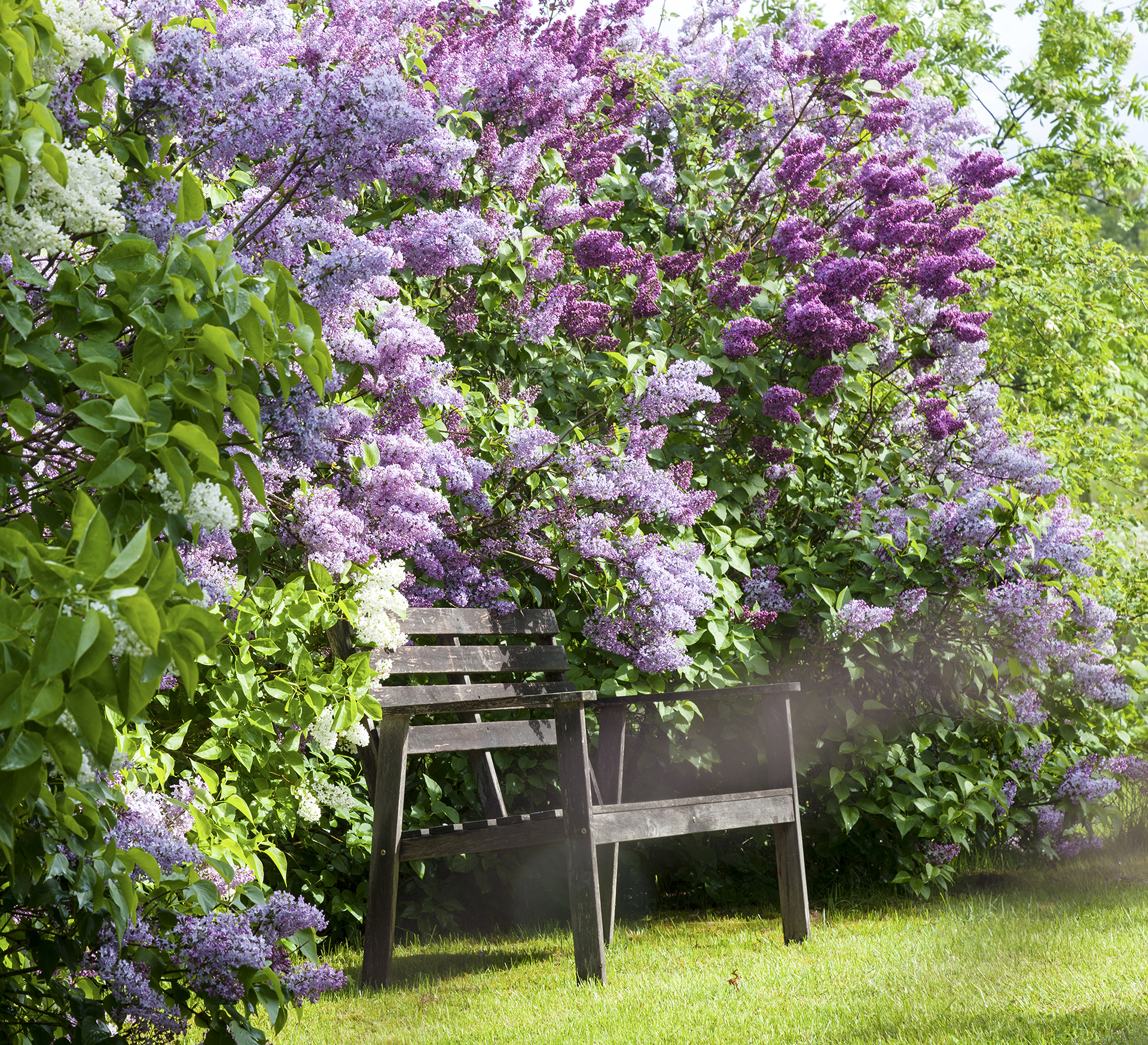
How do I prune an overgrown lilac bush?
If your lilac has been left to its own devices, or perhaps you've inherited a large unruly tree, you'll be looking for advice for how to prune lilac when it has become overgrown.
'Lilac cultivars can get very large and congested if neglected,' says the RHS' Guy Barter. 'To avoid this, remove about one in three stems each winter concentrating on the older or weaker shoots.'
- Wait until late winter, when the plant is still dormant but all risks of frosts have passed as frosts could damage the wounds caused by pruning.
- Start by removing any branches that are dead, diseased or rubbing.
- Then turn your attention to the oldest parts of the tree, cut these to the ground. However it is vital that you do not prune more than a third of the tree to this level.
- If your tree is very tall, consider removing some of its height. However, be aware that this may mean your lilac doesn't flower that year, though having a more aesthetically pleasing and small tree will be worth it.
- If your lilac is particularly large, repeat this process every winter or every other winter until the tree is a more manageable size.
- As well as this more aggressive pruning, you should also follow the maintenance pruning steps as listed above once the lilac has finished flowering. This will continue the good work of the more rigorous pruning and will foster good pruning habits that will help you to keep your tree under control.
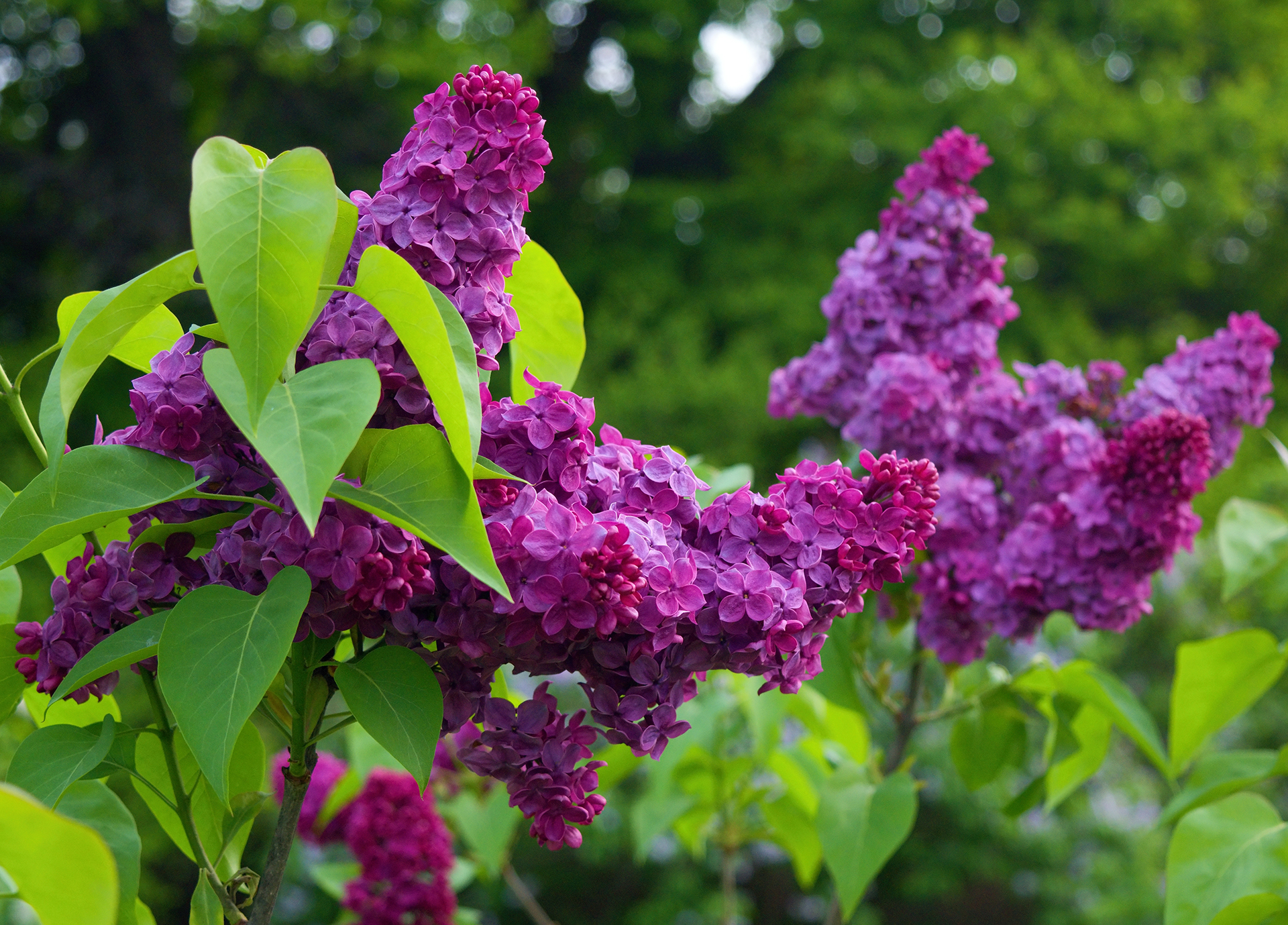
What month do you prune lilac bushes?
You should prune lilac bushes between April and June but only once it has finished flowering. This might seem unusual, however, lilac plants flower on last year's growth so by pruning earlier rather than later, you will not affect the following years flowers. The same applies to how to prune lilac trees too.
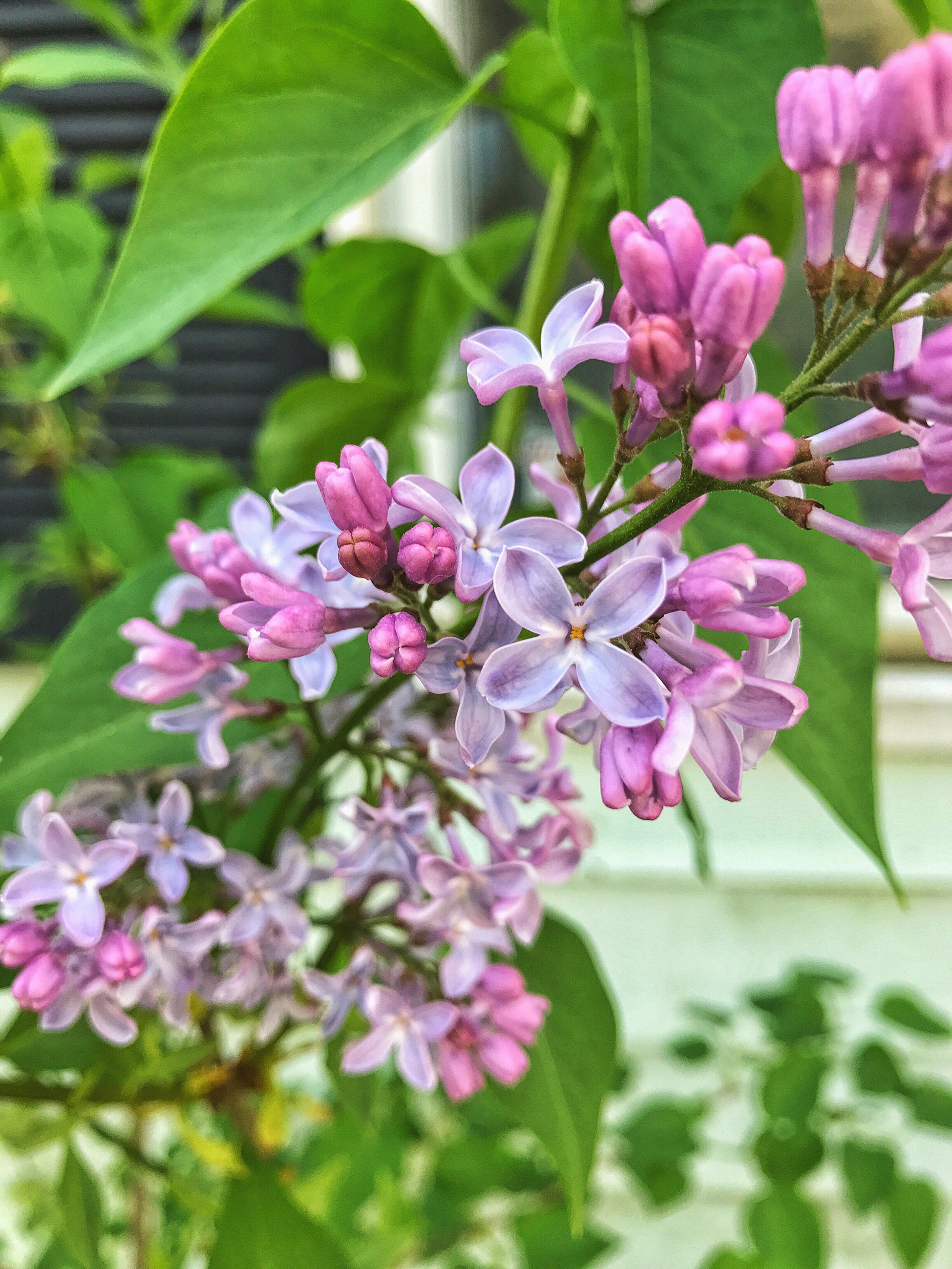
Should lilacs be cut back?
No, lilacs should not be cut back to the ground as this will halt flowering.
At the end of fall, the lilac tree will look like little more than a twig in the garden. However, it should not be cut back to ground level. While the tree itself will likely recover from this – lilacs are renowned for their hardiness – it will be many years until you get flowers again as you have removed all the flowering growth.
If your lilac is older and unruly, then it may need more aggressive pruning and some cutting back will be required, however, make sure that it is no more than a third of the tree.
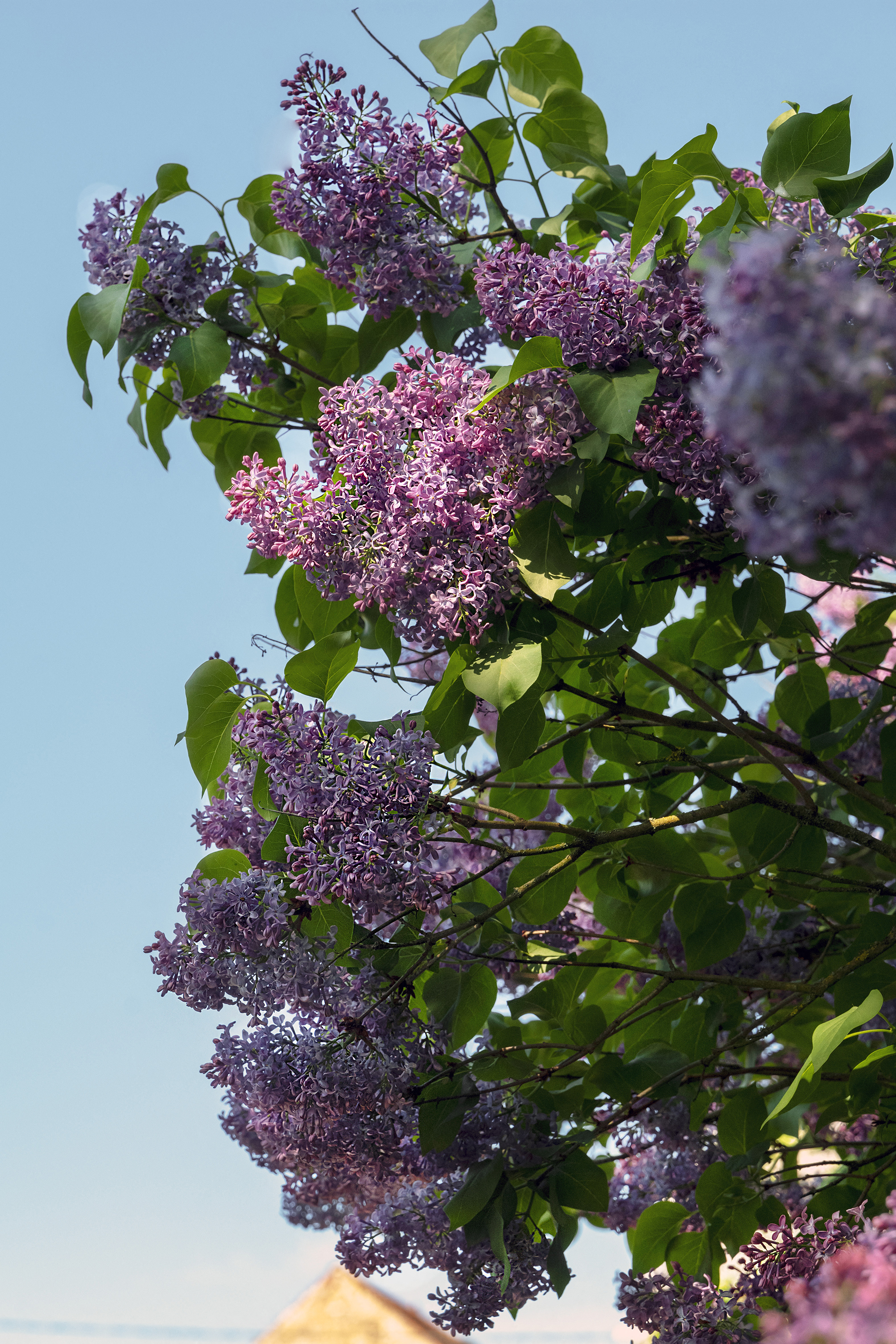
Sign up to the Homes & Gardens newsletter
Design expertise in your inbox – from inspiring decorating ideas and beautiful celebrity homes to practical gardening advice and shopping round-ups.

Having graduated with a first class degree in English Literature, Holly started her career as a features writer and sub-editor at Period Living magazine, Homes & Gardens' sister title. Working on Period Living brought with it insight into the complexities of owning and caring for period homes, from interior decorating through to choosing the right windows and the challenges of extending. This has led to a passion for traditional interiors, particularly the country-look. Writing for the Homes & Gardens website as a content editor, alongside regular features for Period Living and Country Homes & Interiors magazines, has enabled her to broaden her writing to incorporate her interests in gardening, wildlife and nature.
-
 I gave the ‘try-for-five’ method a go in my small home – it's a brilliantly easy way to beat chore procrastination in seconds
I gave the ‘try-for-five’ method a go in my small home – it's a brilliantly easy way to beat chore procrastination in secondsThis method is great for those with executive dysfunction
By Chiana Dickson Published
-
 Josh Brolin’s maximalist living room: love it or hate it? Our readers were split, but where do you stand on this memorabilia-packed space?
Josh Brolin’s maximalist living room: love it or hate it? Our readers were split, but where do you stand on this memorabilia-packed space?Maximalism has a way of dividing opinions among design aficionados, and few spaces are quite as decisive as the actor's unique, yellow living room
By Megan Slack Published
-
 Water garden ideas – 9 ways to introduce soothing water to your outdoor space
Water garden ideas – 9 ways to introduce soothing water to your outdoor spaceFrom cascading fountains to wildlife ponds, there are plenty of ways to create a tranquil water garden
By Leigh Clapp Published
-
 How to grow poppies
How to grow poppiesFind out how to grow poppies to enjoy the beauty of these brightly colored tissue paper-like blooms
By Leigh Clapp Published
-
 How to grow delphiniums from seed
How to grow delphiniums from seedFind out how to grow delphiniums from seed and enjoy these colorful cottage garden favorites filling beds and borders
By Leigh Clapp Published
-
 How to grow ferns – when and how to plant and care for them
How to grow ferns – when and how to plant and care for themLearn how to grow ferns to enjoy the texture and form of these versatile plants in many areas of your garden
By Leigh Clapp Published
-
 How to grow sweet peas from seed – in borders and pots
How to grow sweet peas from seed – in borders and potsFind out how to grow sweet peas and where to enjoy their wonderful color, ruffled blooms and sweet fragrance in your garden
By Pippa Blenkinsop Published
-
 How to make fat balls for birds – easy steps feed our feathered friends
How to make fat balls for birds – easy steps feed our feathered friendsLearn how to make fat balls for birds to ensure their wellbeing throughout the winter
By Holly Reaney Published
-
 Planning a kitchen garden – from layouts to picking the best crops
Planning a kitchen garden – from layouts to picking the best cropsPlanning a kitchen garden is easy with this expert advice – whether yours is in beds, borders or a dedicated patch – you're guaranteed success
By Leigh Clapp Published
-
 How to grow cosmos – expert tips on when and where to plant these flowers
How to grow cosmos – expert tips on when and where to plant these flowersLearn how to grow cosmos to add bright color in your garden from summer through to fall with their beautiful blooms
By Leigh Clapp Published